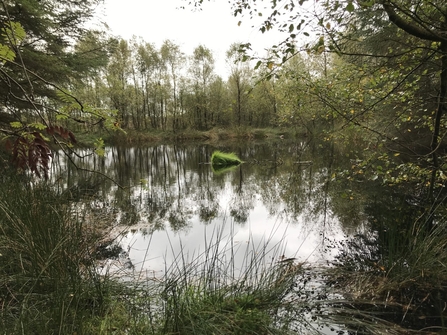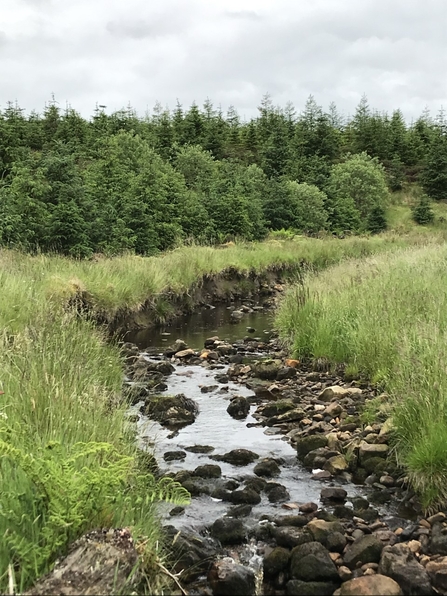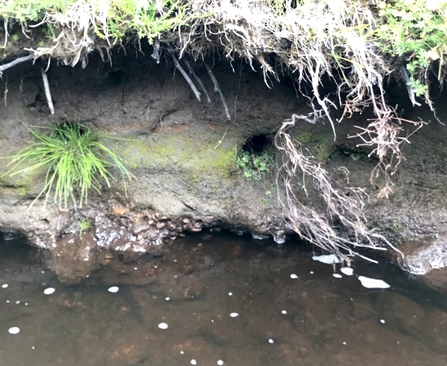When it comes to choosing a home, we all have some fundamental questions to ask. Will my family be safe here? Will my home fall apart in bad weather? Do I have access to food and other essentials? Although water voles don’t have to consider things as complicated as mortgage rates and frequency of the local bus, the basic considerations are largely the same.
The first important thing that we look at when considering whether a given area provides adequate habitat for a breeding water vole is the presence of water. While this isn’t an absolute necessity for their survival it is almost always present in occupied water vole habitat. This is because water plays a vital role in predator evasion. When any threat is detected, water voles will dive below the surface with a distinctive ‘plop’ and swim to the safety of their underwater or water-level burrows, where their natural predators are unable to follow. Water voles are not particularly strong swimmers, however, so the water in their habitat needs to either be still or run with a slow to medium flow. While their flowing water habitats (streams and ditches) are rarely more than two metres wide, they will happily occupy ponds and small lakes. This is probably more to do with the likelihood of flooding and fast water in a wider watercourse than the distance to swim between banks.






